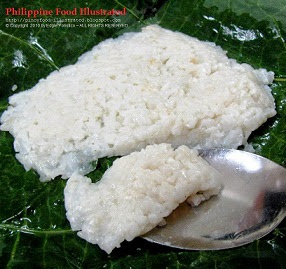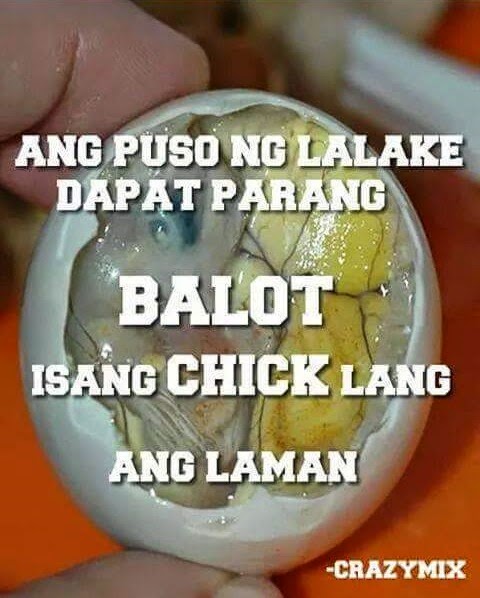hito - /hí-tò/ (Tagalog and Cebuano fish) [n.] catfish
This white species of catfish is not from the freshwater, but from the sea. Fish vendors at the Lapu-Lapu Public Market in Opon, Lapu-Lapu City, Mactan Island, Cebu called it hito sa dagat (sea catfish).
While the freshwater catfish are black-skinned.
Catfish is good if fried or grilled. To have a soupy dish, the fried or grilled ones can be further cooked with tuno (coconut milk) like a linabog dish, inun-on, and/or with mishua (Chinese somen) noodles.
For miniswahan (a soupy dish with mishua), the catfish is fried, flaked, sautéed with garlic, and then boiled. When boiling, mishua is added and the pot is removed from the fire after a minute. Best relished by cracking a fresh chicken egg and stirring before removing the pot from the fire. Best served while still hot.
All photos by Edgie Polistico are copyrighted. ALL RIGHTS RESERVED.
If you liked this post and our site, share it.
Let us know your opinion on the subject. Feel free to comment in the comment section, below. We need to know what you think.
Tell us what other topics you would like us to write, share, and discuss about.
For more about Filipino food, see this Philippine Food, Cooking, and Dining Dictionary. It is OPEN and FREE.
Continue to follow my blogs. You can also follow and learn more by joining us in our Facebook group. Have more bits and pieces about our kind of food, ingredients, and ways of cooking, dining, and knowing food culture across the 7,641 islands of the Philippines.
Encouragement and enthusiasm are not enough. I also need moral support, prayers, and anything else that can uplift my spirit and keep my good reasons. Keep them coming. All I know is that I am happy with what I am sharing and giving away. If you are pleased and happy with what I am doing, just smile and please share the happiness. Keep sharing and include to share the PHILIPPINE FOOD ILLUSTRATED. I feel energized when my blog becomes one of the reasons why you are happy and smiling.
Edgie Polistico
For more about Filipino food, see this Philippine Food, Cooking, and Dining Dictionary. It is OPEN and FREE.
Continue to follow my blogs. You can also follow and learn more by joining us in our Facebook group. Have more bits and pieces about our kind of food, ingredients, and ways of cooking, dining, and knowing food culture across the 7,641 islands of the Philippines.
Encouragement and enthusiasm are not enough. I also need moral support, prayers, and anything else that can uplift my spirit and keep my good reasons. Keep them coming. All I know is that I am happy with what I am sharing and giving away. If you are pleased and happy with what I am doing, just smile and please share the happiness. Keep sharing and include to share the PHILIPPINE FOOD ILLUSTRATED. I feel energized when my blog becomes one of the reasons why you are happy and smiling.
Edgie Polistico


.jpg)





%2B-%2Bwatermarked.jpg)










